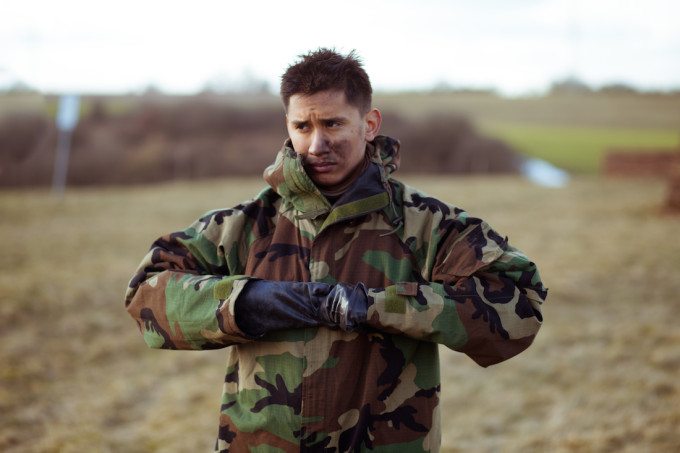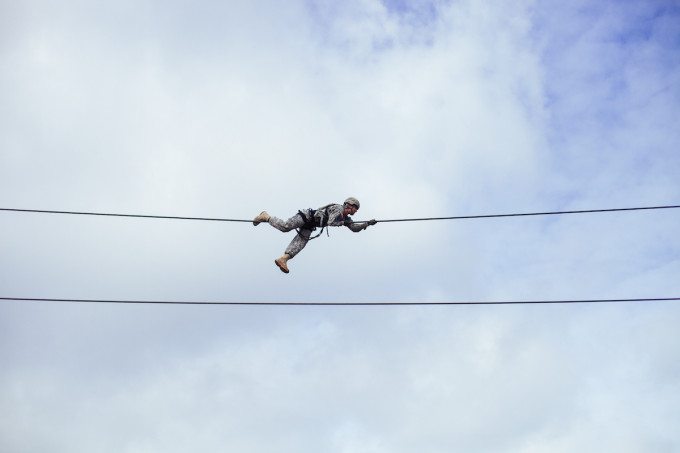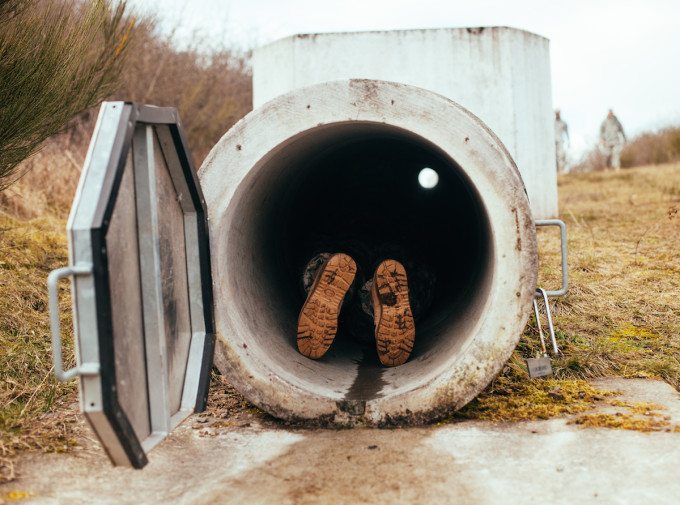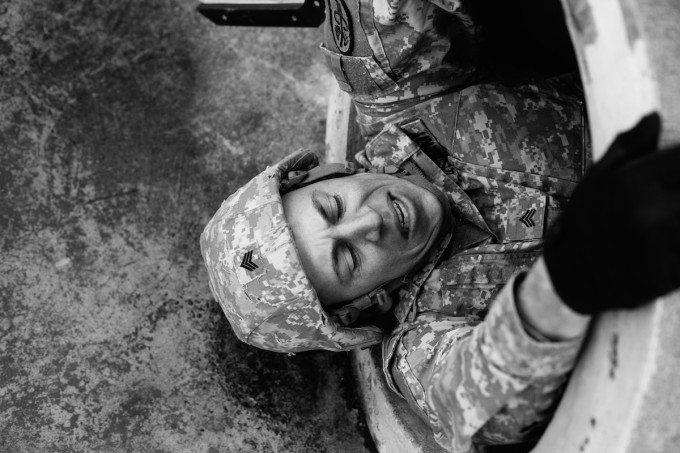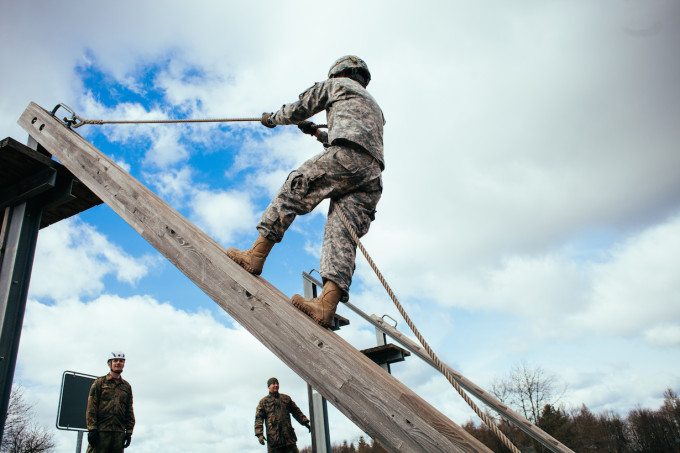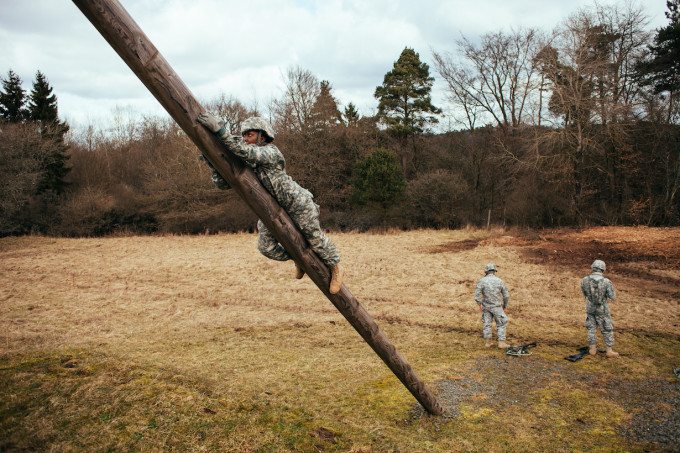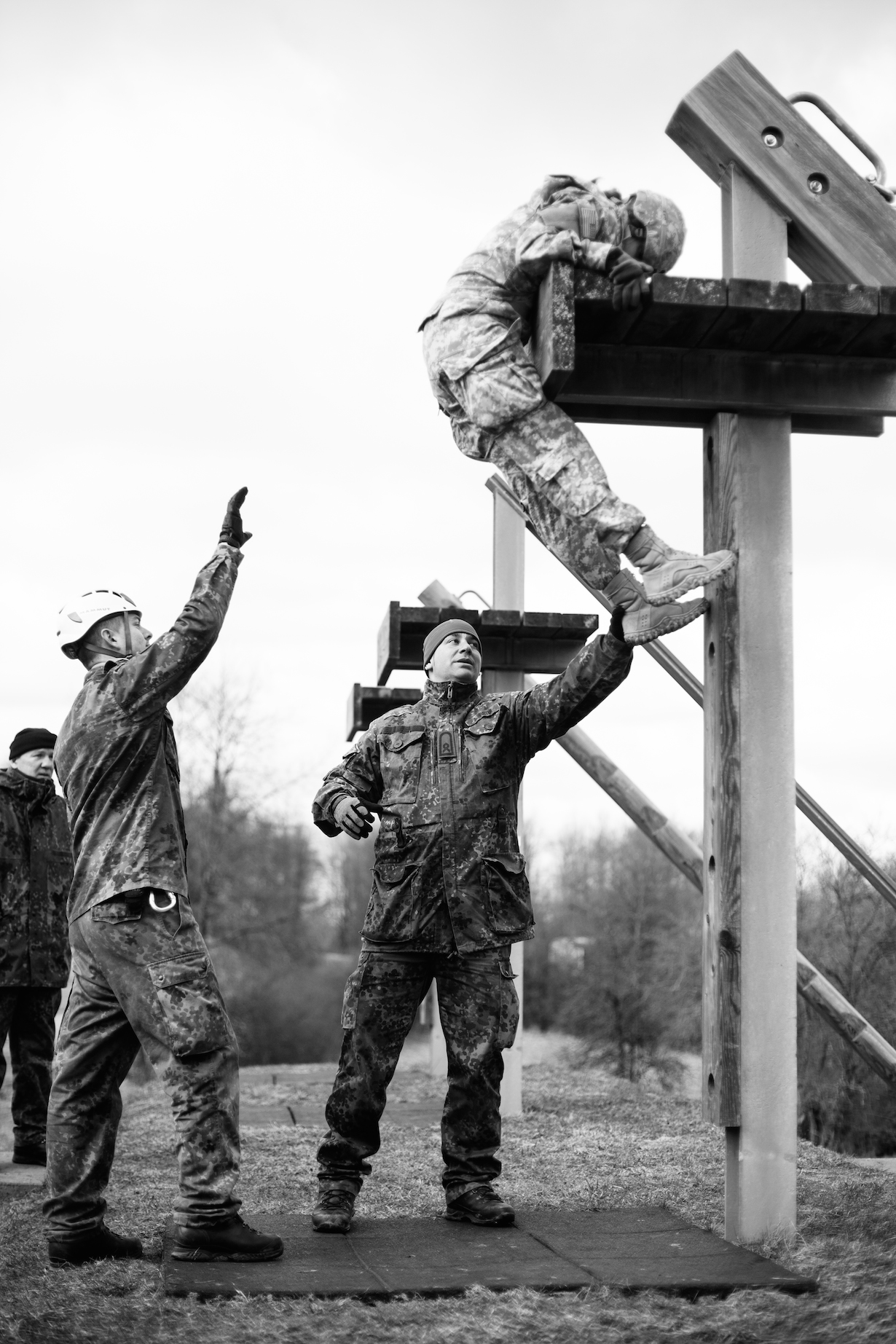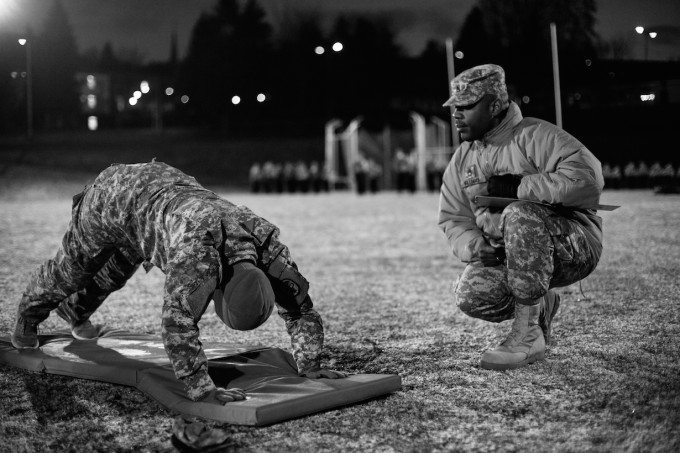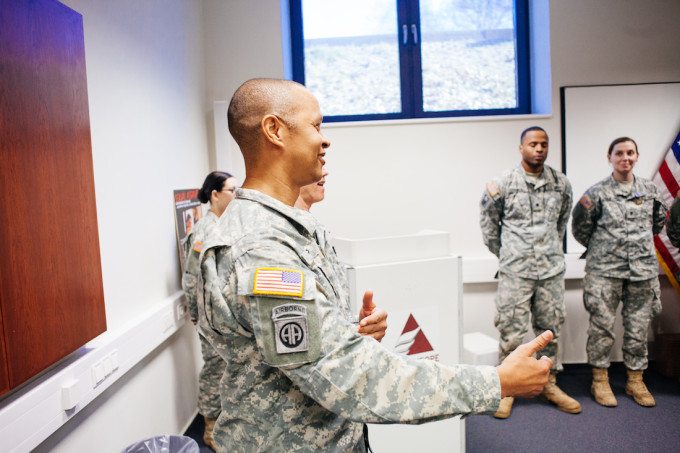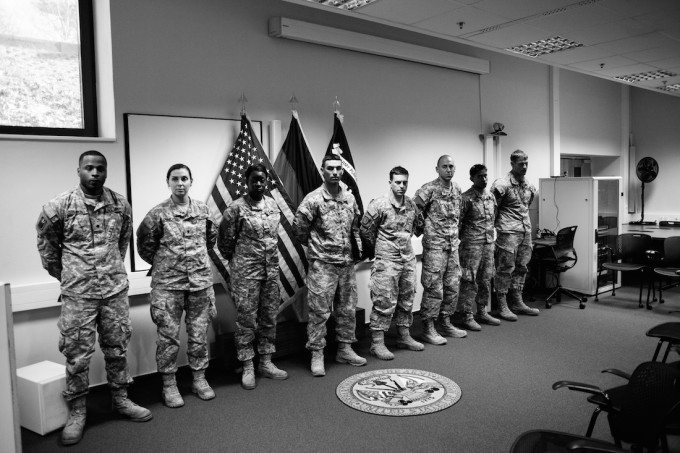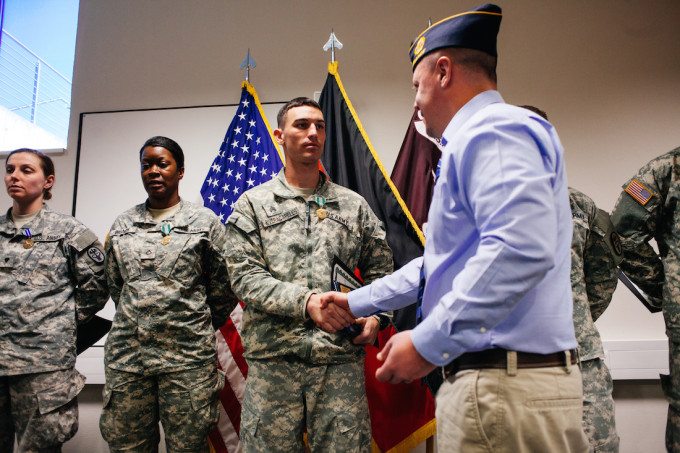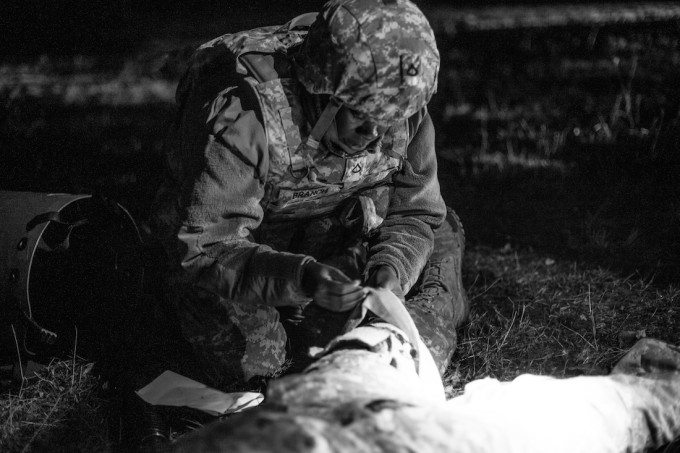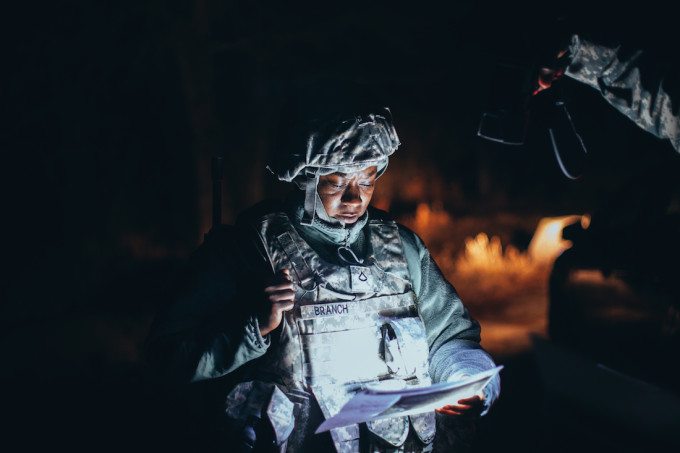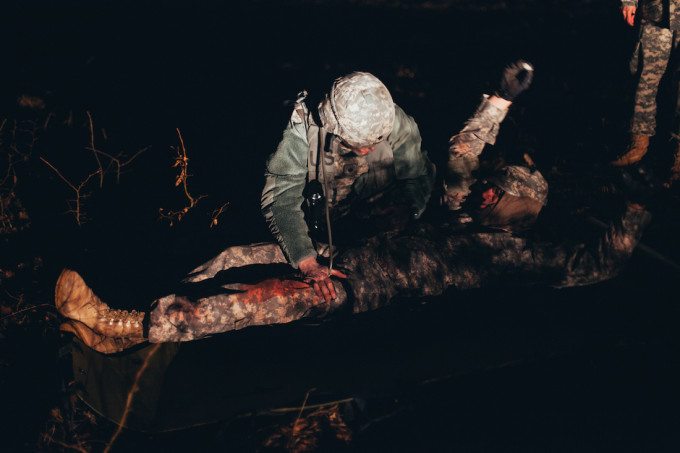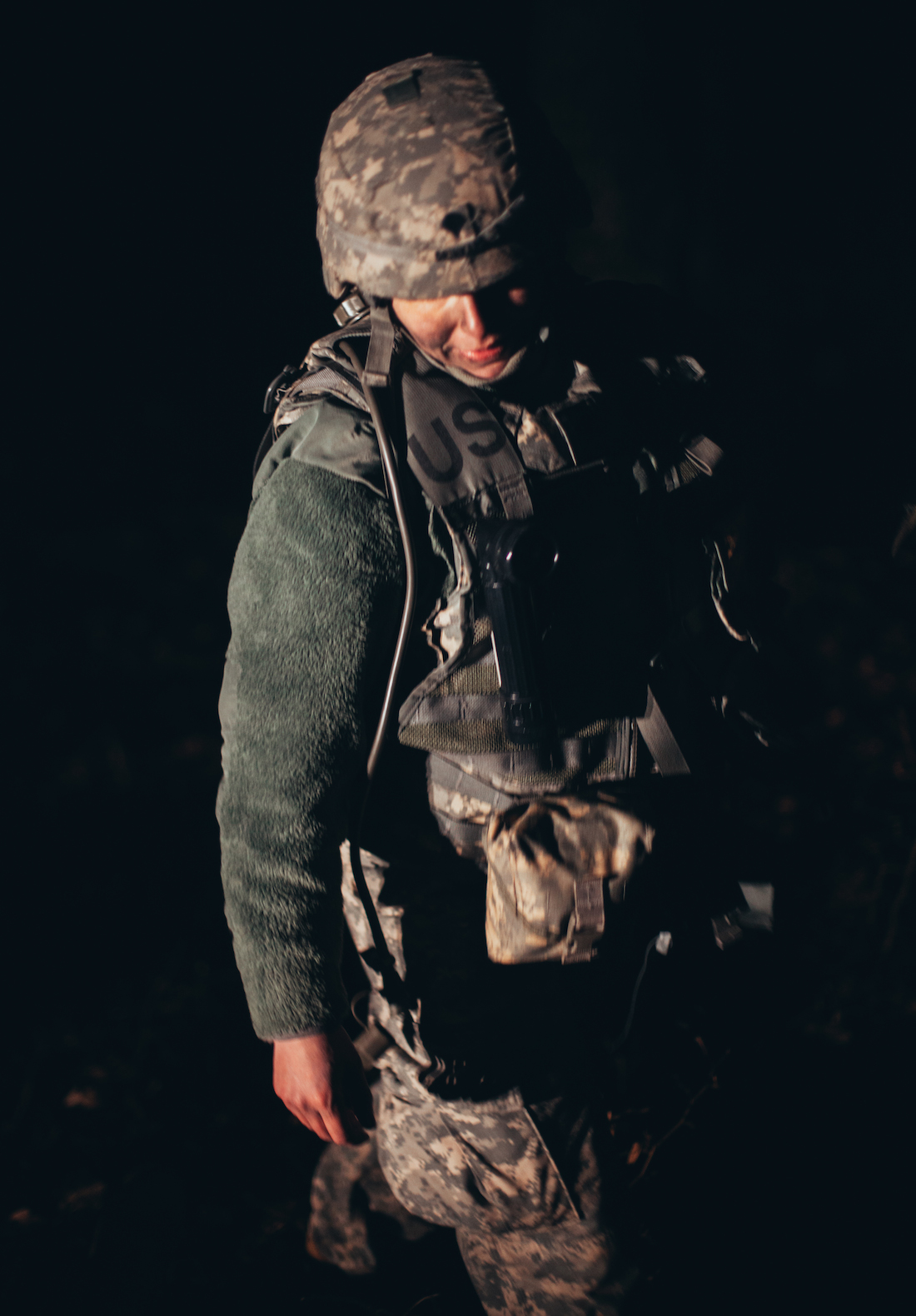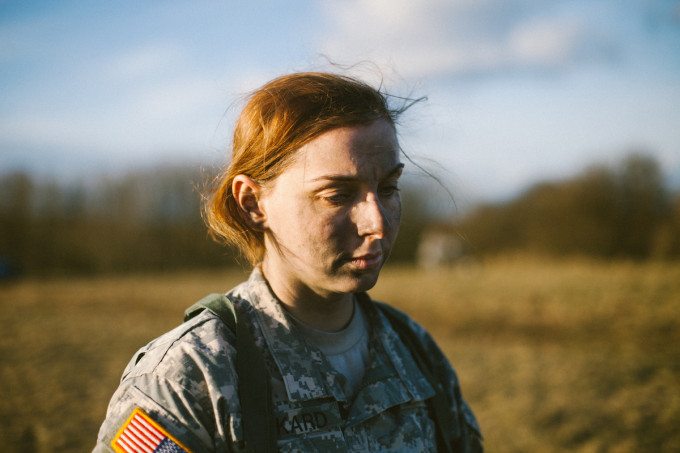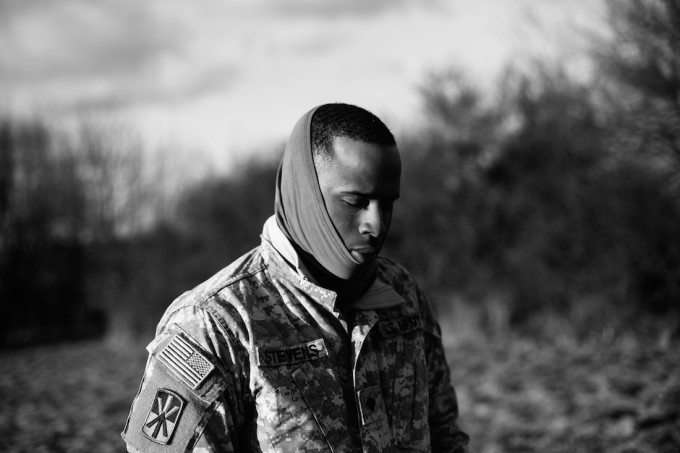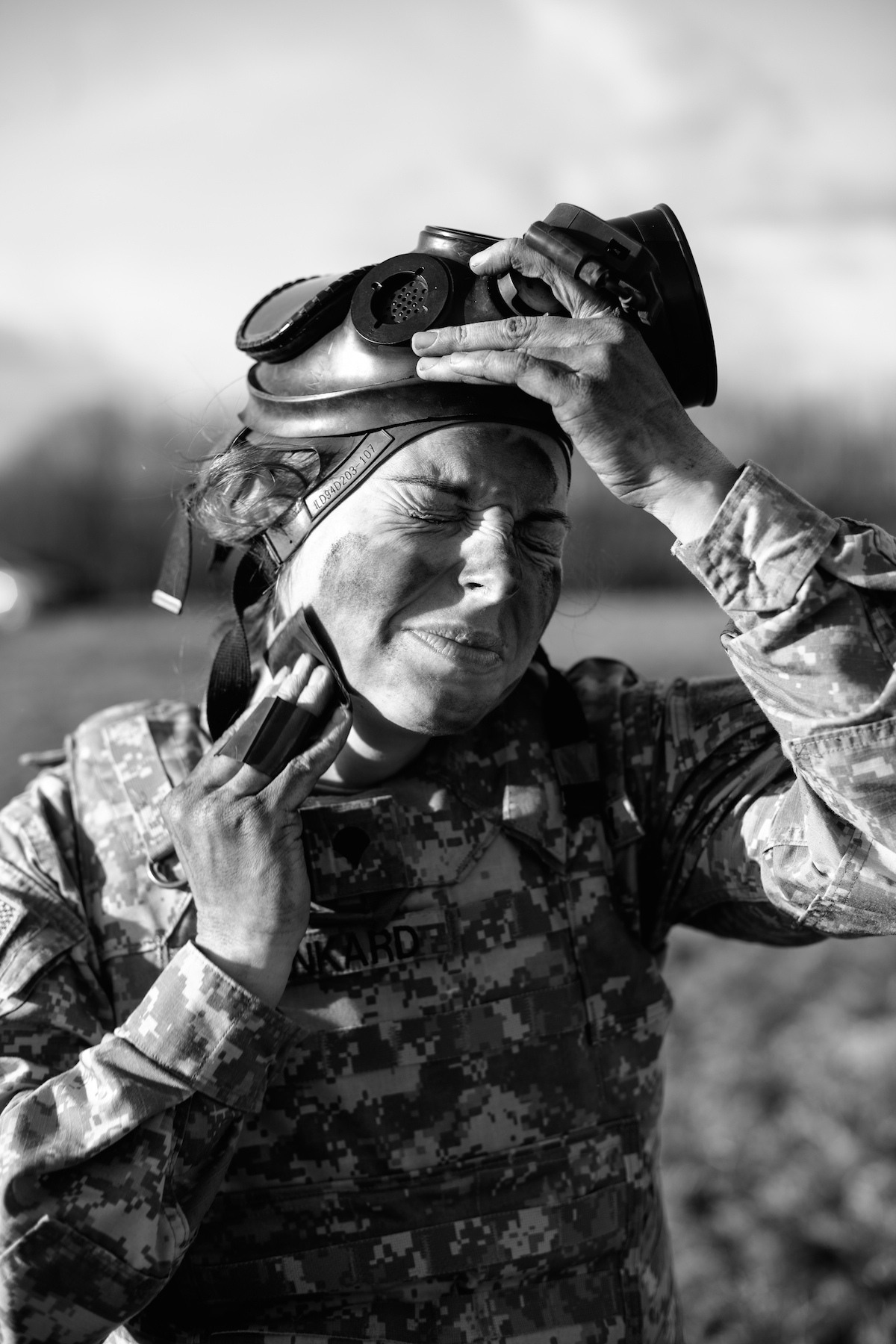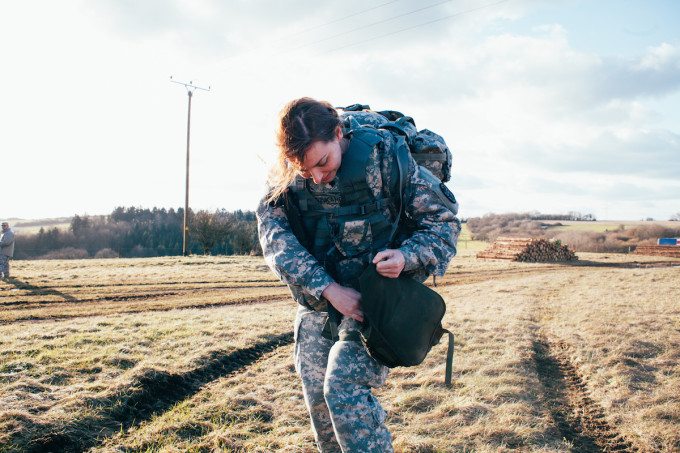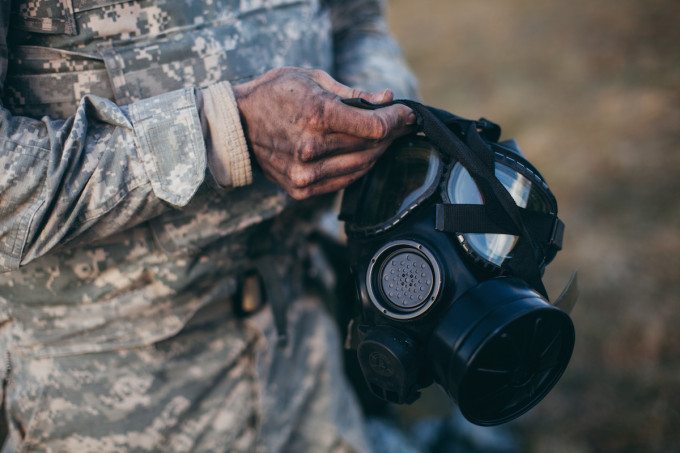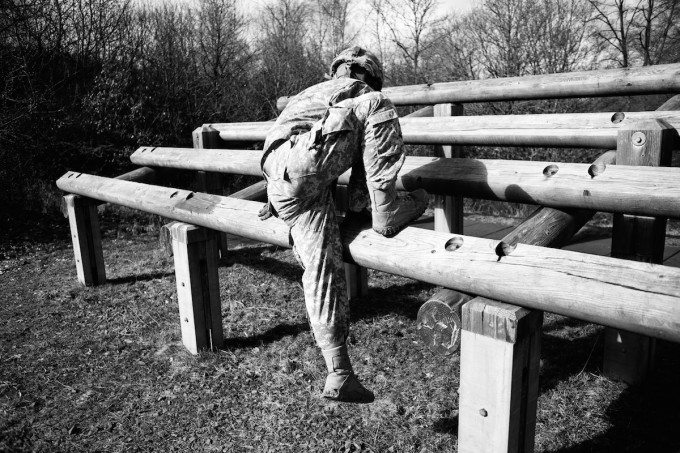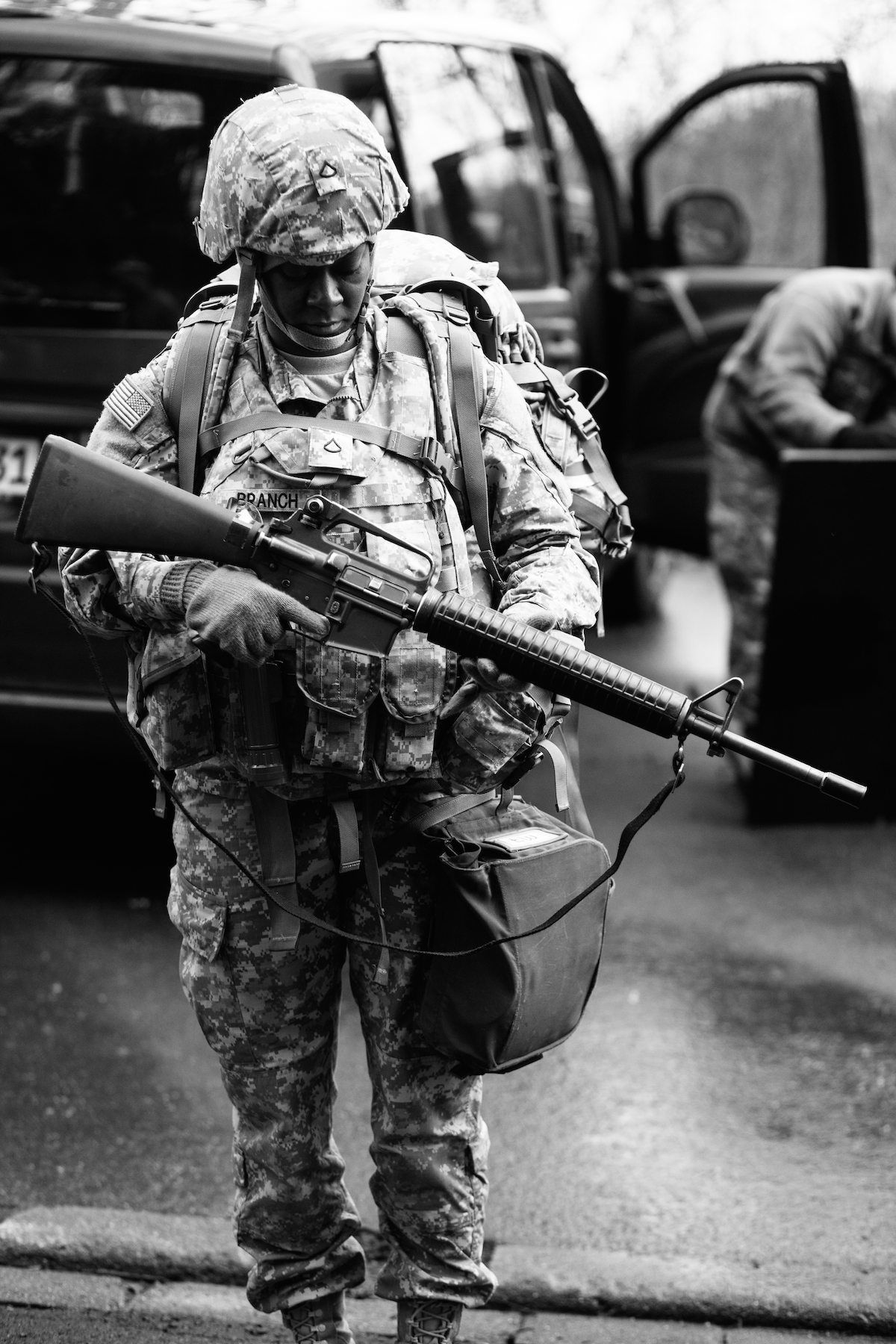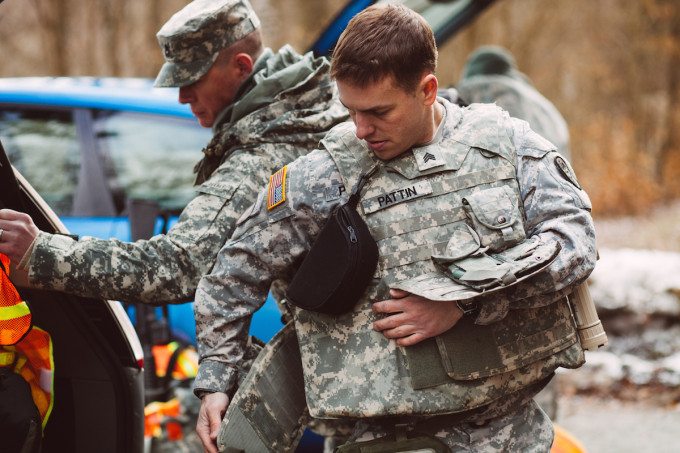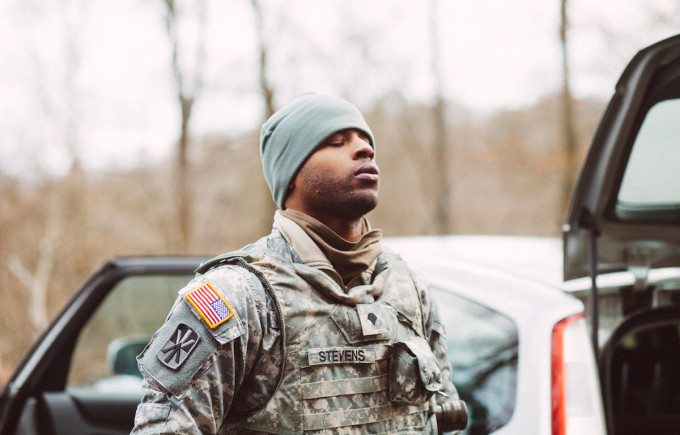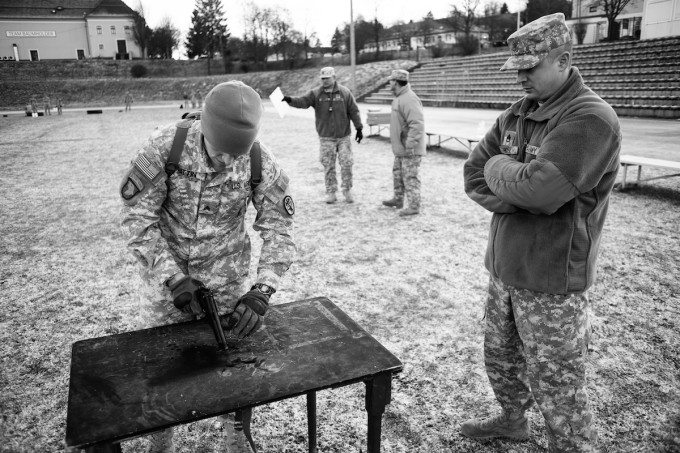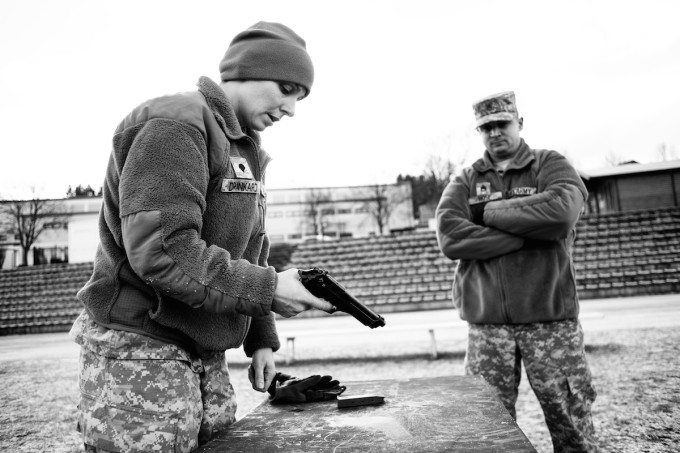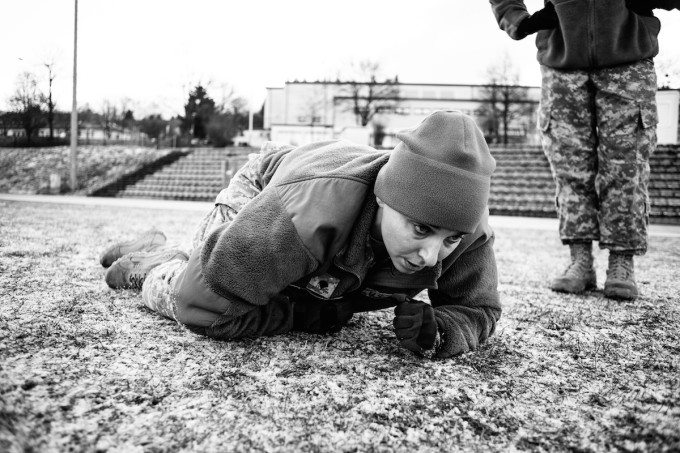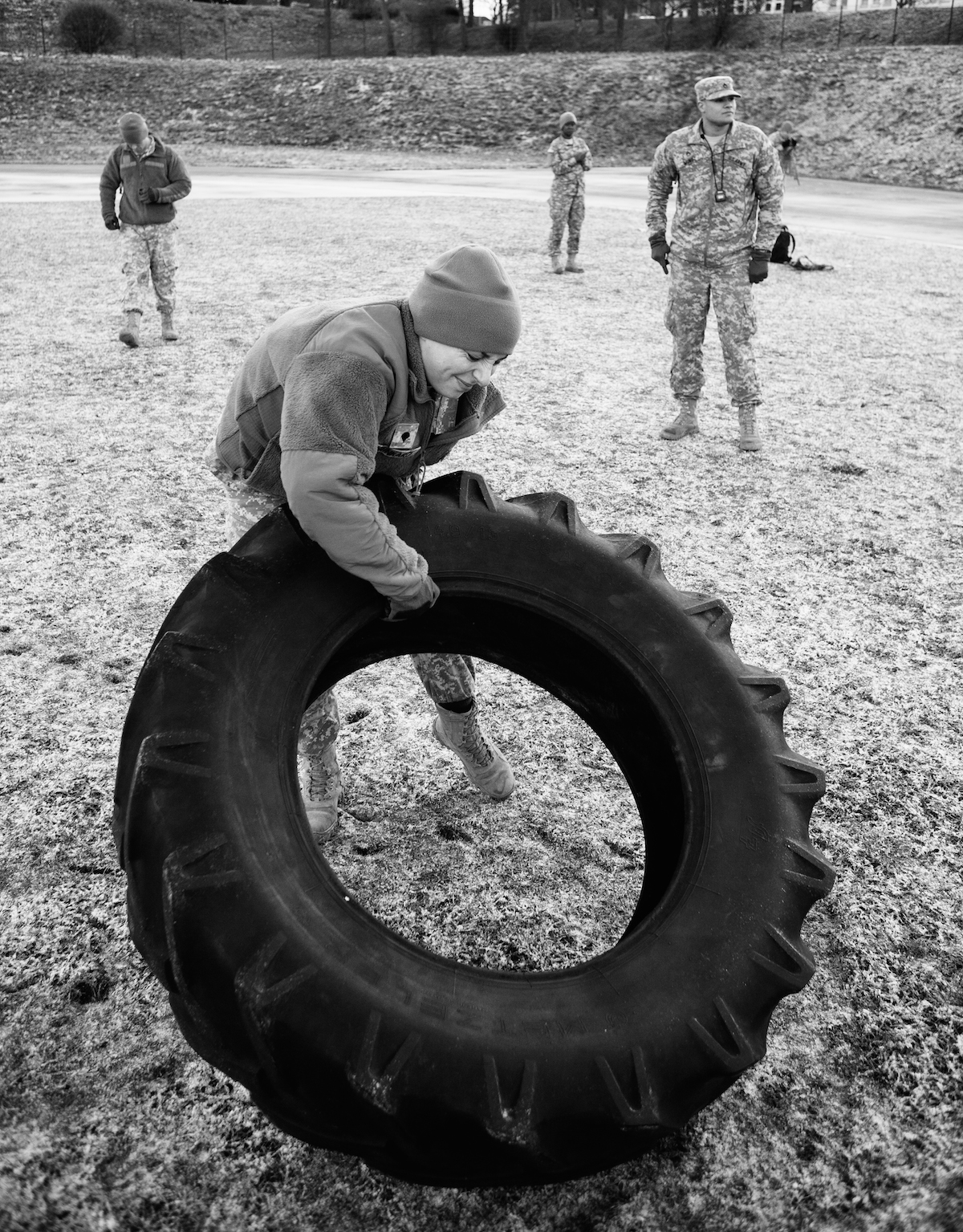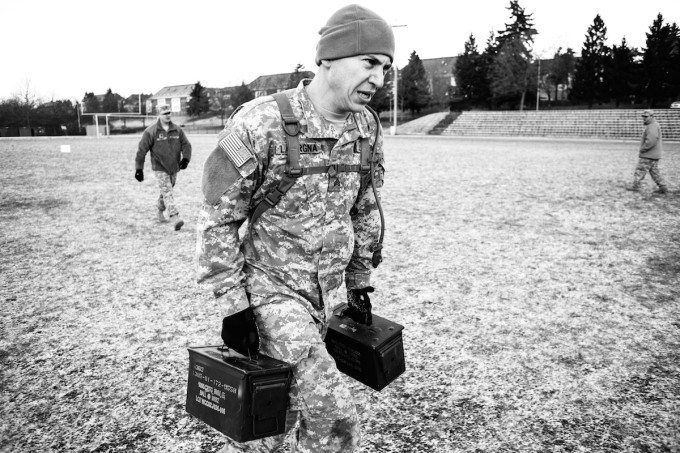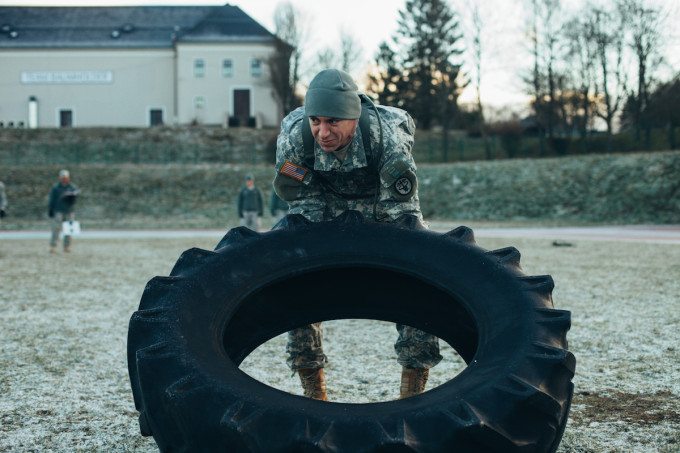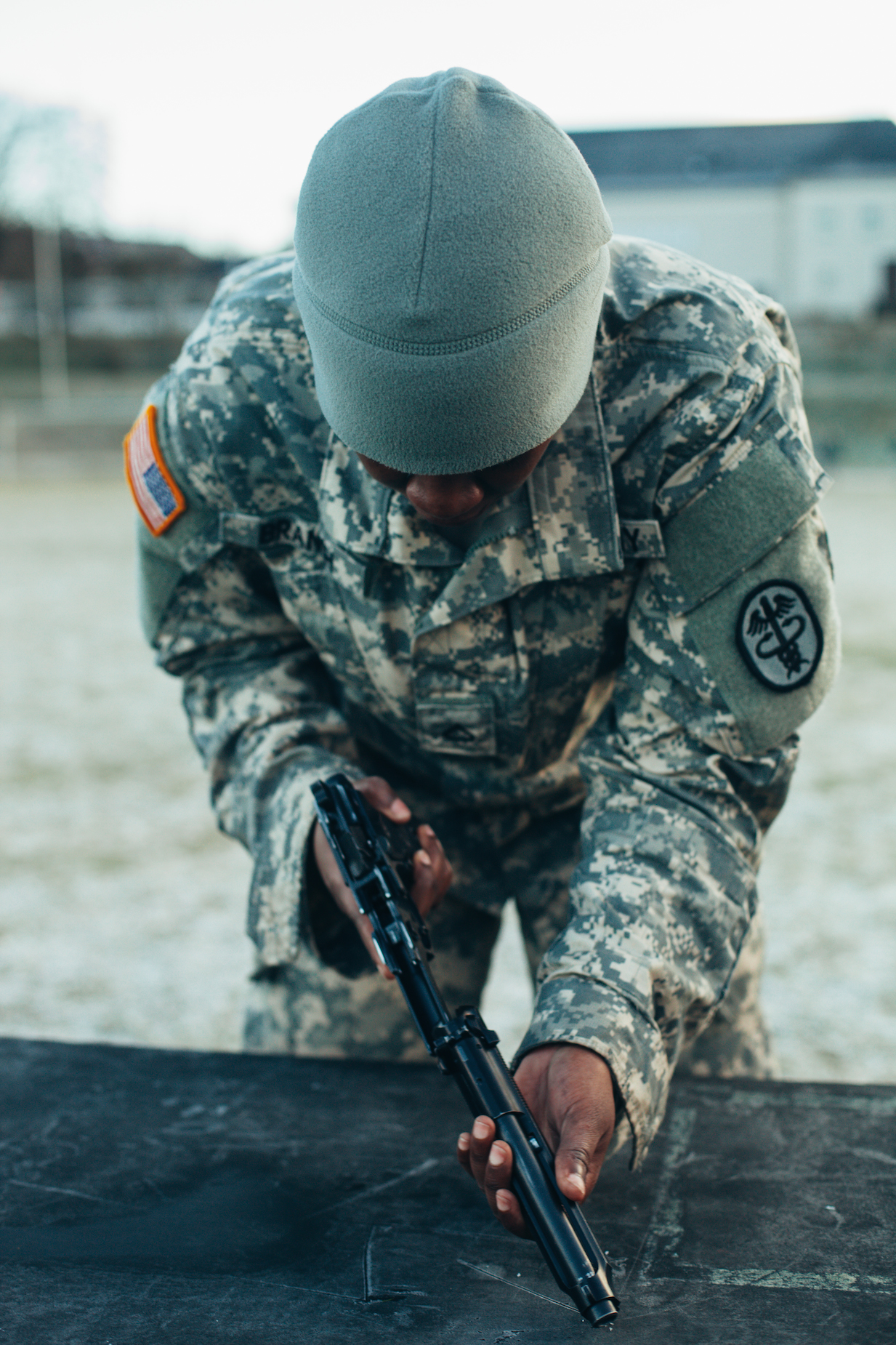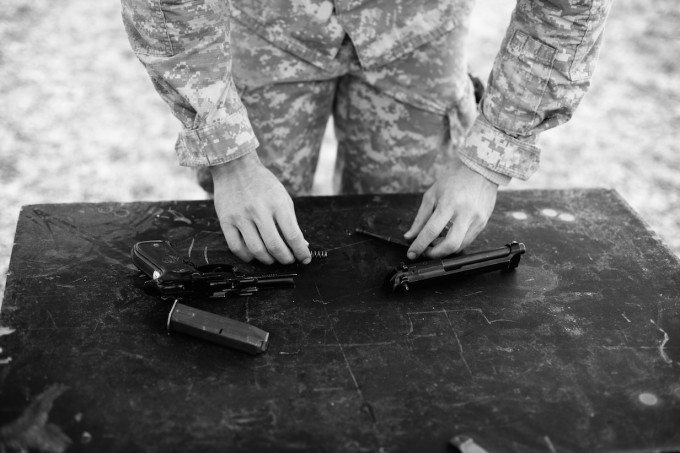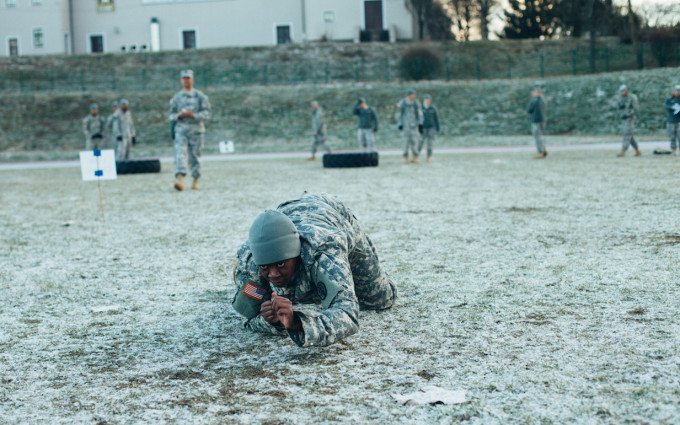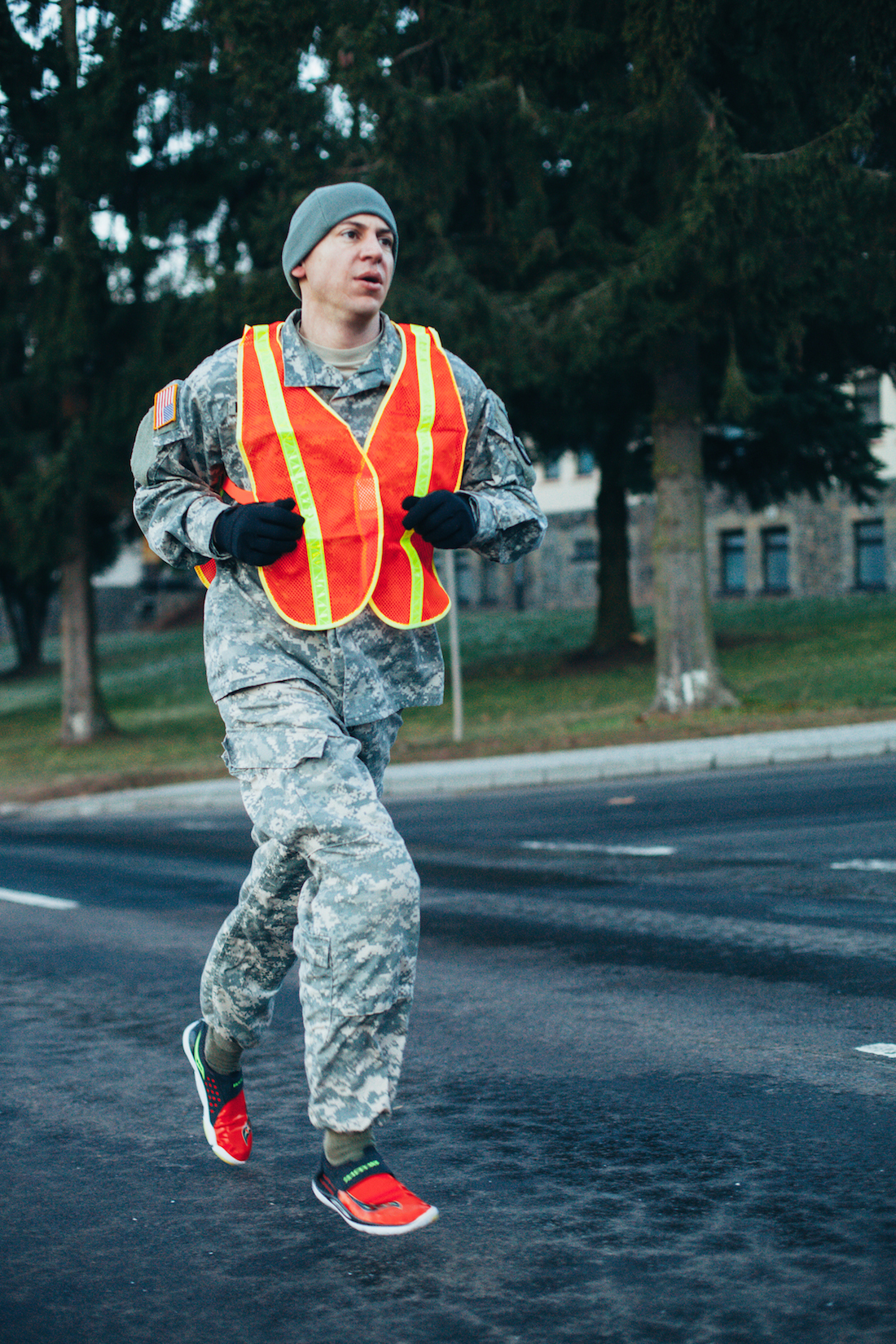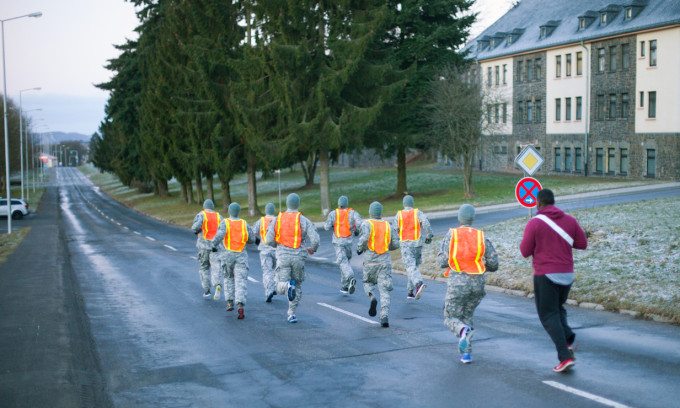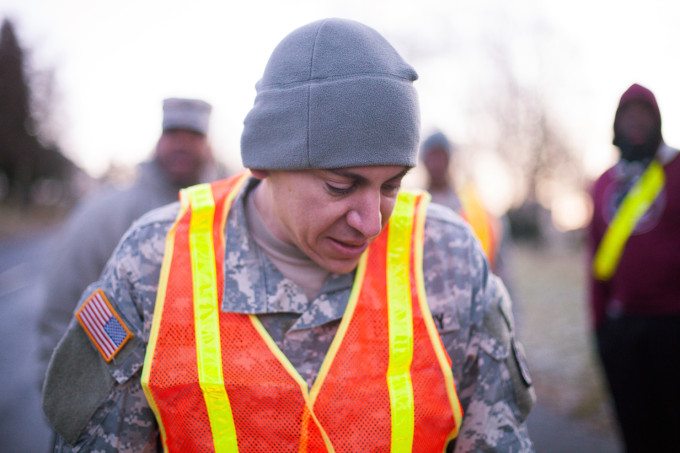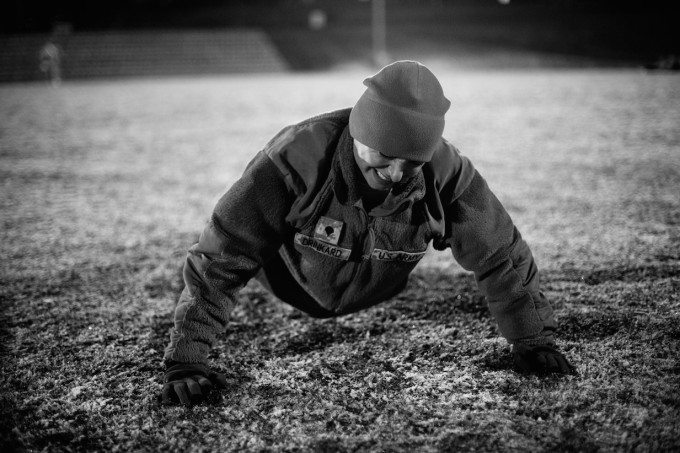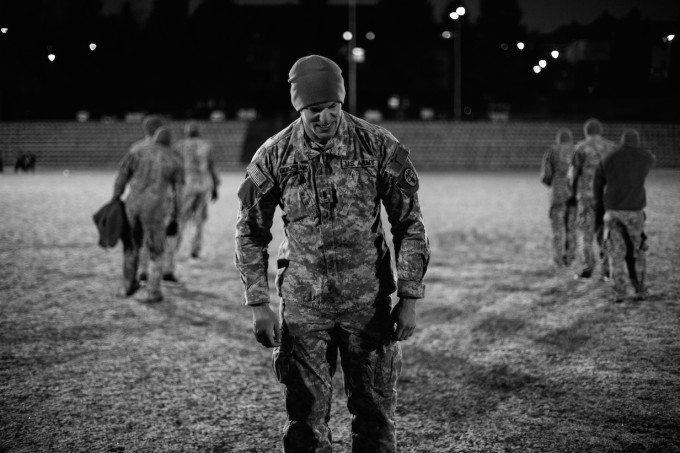All images by Lester Cannon. Used with permission.
Photographer Lester Cannon was asked to shoot documentary style images for the Soldier of the Year competition. The grueling series follows soldiers around during a 30-hour period where they only had four hours of sleep. During the competition, soldiers faced many grueling physical obstacles.
Lester is by and large a portrait photographer, so capturing other people on both film and digital wasn’t so tough for him. But Lester talks to us about other hardships of shooting a documentary project like this.
Phoblographer: Tell us more about the Soldier of the Year Photo Project.
Lester: Well it wasn’t really a project. I was requested to come out and photograph the competition so of course I jumped at the chance to photograph such an awesome event.
This particular competition took place over a 30-hour period and the soldiers got about 4 hours sleep. There were many different events, obstacle course, written exams, physical fitness test, ruck marches, combat first aid, assembling and disassembling of weapons, night time land navigation, chemical warfare scenarios, etc.
Phoblographer: For documentary style work, the initial steps are always some of the toughest. How did you go about getting permission to shoot this and relating to the soldiers participating?
Lester: I believe that THE most challenging aspect of good documentary work is access. I think there are so many talented photographers out there. But not many have the access to certain locations, events, gatherings, etc. I am a soldier myself and I was asked by my unit to photograph the event so I was lucky.
Phoblographer: Was anyone a bit apprehensive? How did you react?
Lester: Not at all. The competitors focused but seemed easy going, especially considering long and difficult all the events were.
Phoblographer: Shooting something like this in both digital and film is incredibly tough to do. How did you ensure that you didn’t miss a single moment in between reloading film?
Lester: It wasn’t too bad. I brought 4 rolls and saved the film shots for special moments. The bulk of the event I shot digitally because I wanted to send the photos quickly after the event. We all know film isn’t the best option when you want a fast turnaround.
Phoblographer: As these things are happening, you’re essentially adapting to the situation at hand. How did you figure out the best angles and locations to be in to get the shot?
Lester: It was really great. I was free to get in really close as long I didn’t interfere so I was able to get some really close shots with the 28mm. I got low for a lot of the gritty shots. I wanted the viewer to feel like they were down in the dirt and cold with the Soldiers.
Phoblographer: What do you feel were some of the biggest challenges for you shooting this project and how did you overcome them?
Lester: THE COLD. I was not prepared for it. The field was covered in ice when the soldiers were low crawling across it. My Pentax MX’s meter or battery doesn’t like the cold at all. I ended up having to guess some exposures but they turned out fine. The other challenge was deciding which competitors to follow at what times. At times there were multiple events going on simultaneously. I didn’t want to miss something at one event while photographing the other. Since I can’t be in two places at once I just had to follow my gut and followed the Soldiers who I felt had the most charisma or had the potential to create a special moment.
Phoblographer: Lots of these soldiers have winning the competition on their mind, but your images make them look less athletic and more interpersonally human. How do you feel you captured this side of them? Did they become very comfortable with you?
Lester: I wanted to show their determination because that’s what the Soldier of the Year is all about. It’s not just about being strongest and fastest. It’s about not giving up and having the willpower to keep pushing no matter how much your body tells you to quit.
I think at first they were slightly guarded about a photographer being around because it’s not often that photographers are at these events. After a few hours they didn’t notice me much anymore and that’s when I was able to capture those candid moments.


